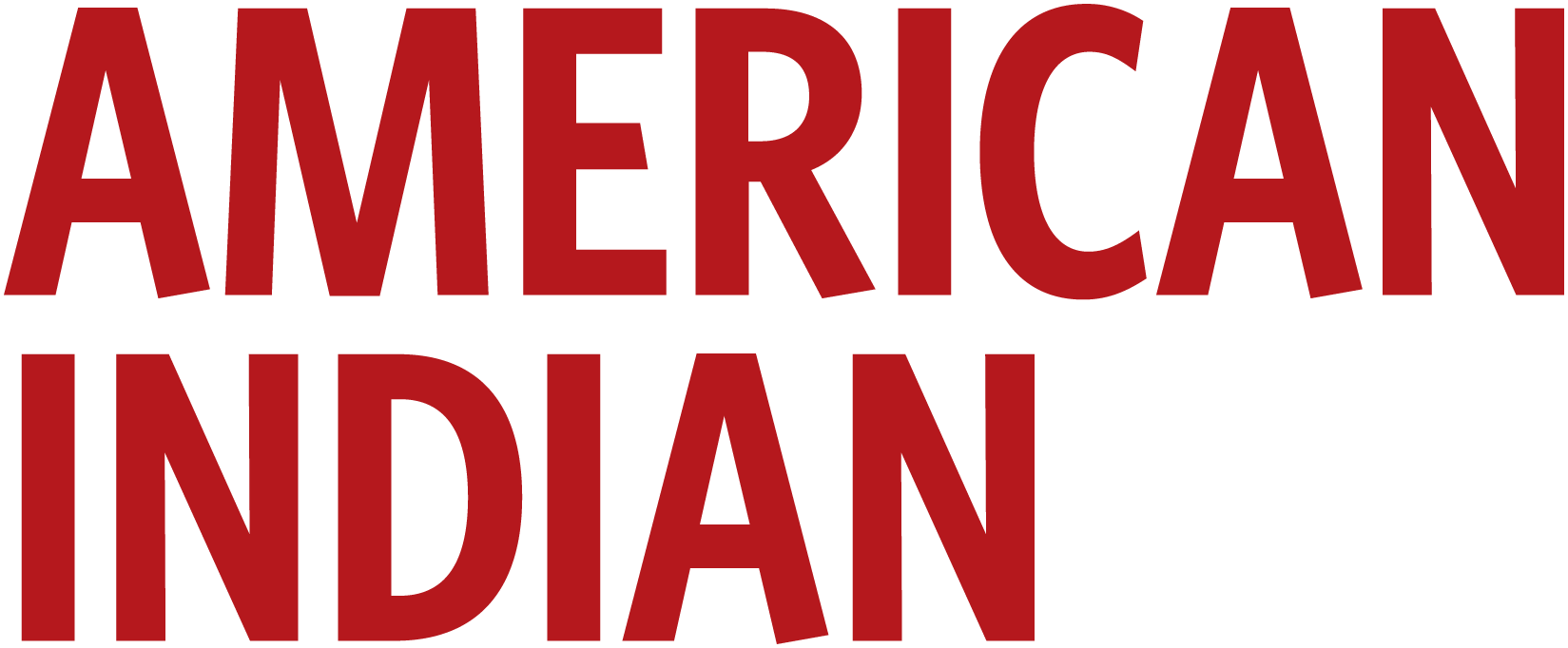Island of Resilience: The Wiyot Reclaim Their Land and Culture from a Dark Past
The Wiyot people of Northern California have regained possession of their sacred island of Tuluwat, enabling them to once again hold their spring World Renewal Ceremony on the land where it was interrupted by a massacre more than a century earlier.
